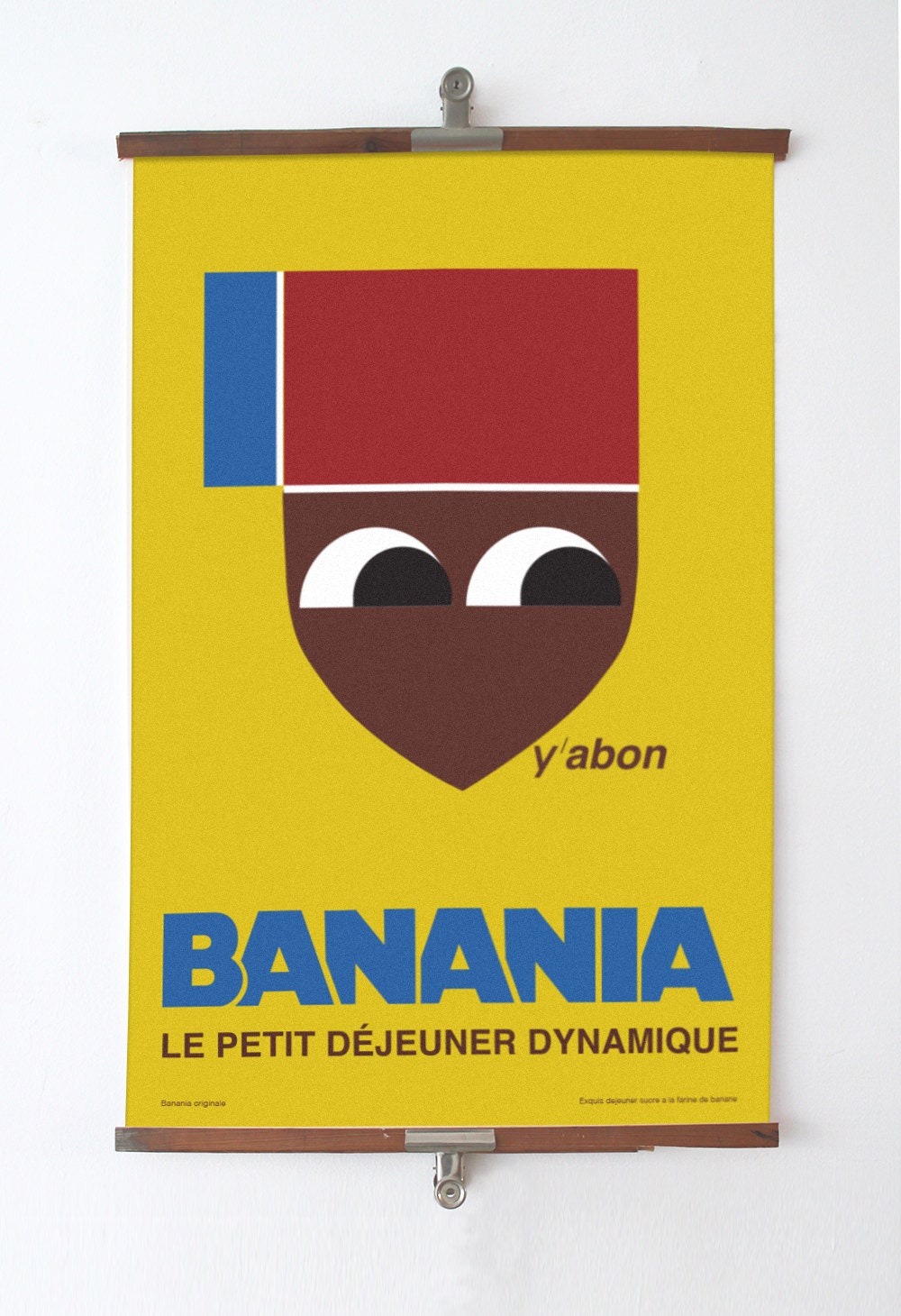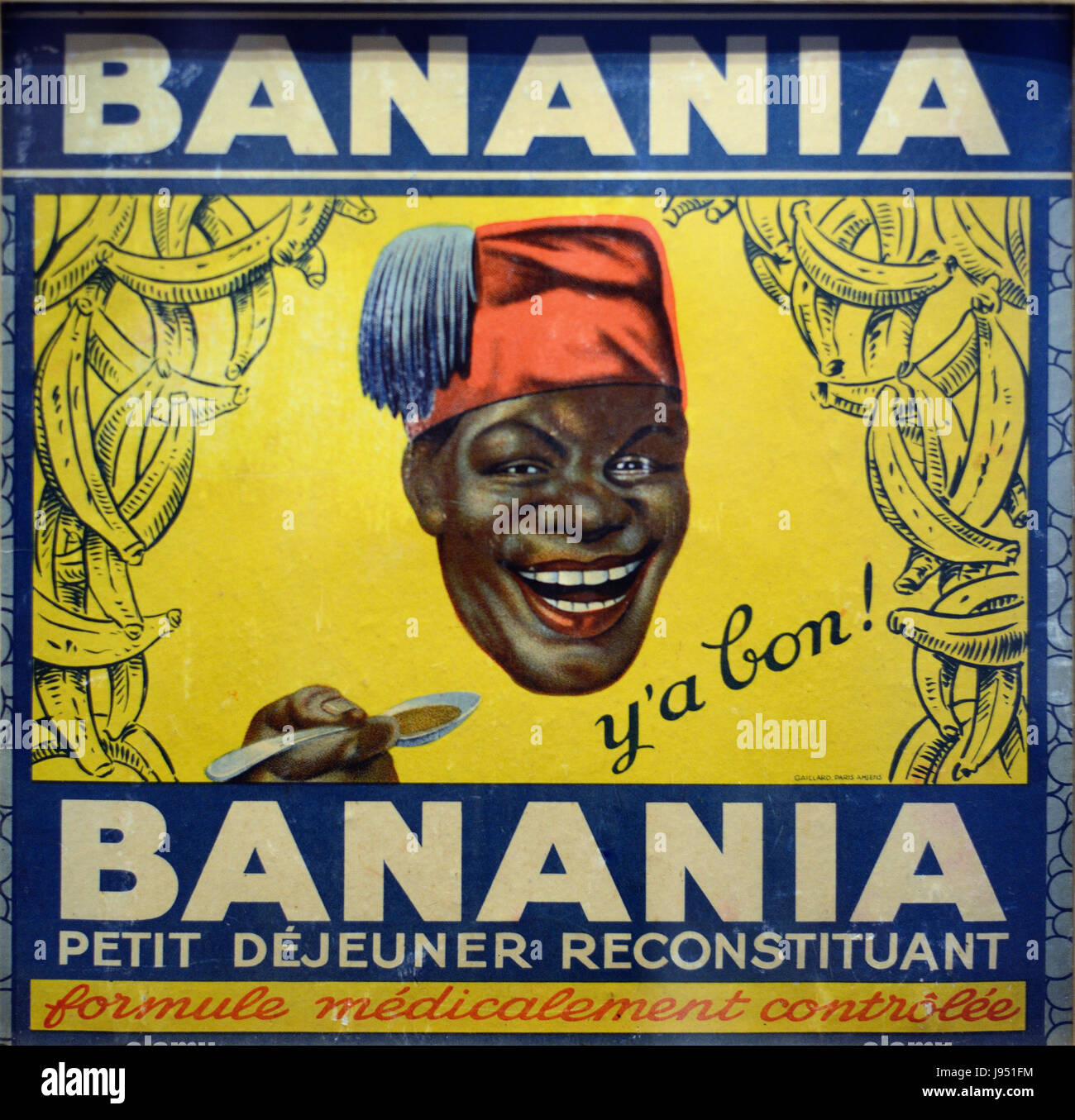
Merci d'envoyer votre chèque au nom de la libriairie L ENCRIVORE (Vasseur ou Delecroix conviennent aussi) en indiquant quel lot vous payez. Par mesure de précaution nous n'irons à la poste qu'une fois ou deux par semaine, nos envois seront un peu moins rapides que d'habitude, merci de votre compréhension.Įn raison du Corona virus, nous préférons un paiement par virement, (ou par chèque envoyé à notre adresse personnelle qui peut être relevée tous les jours.) Sous 7 jours ouvrés après réception et si retour de l'objet en même état qu'envoyé nous remboursons l'objet et ses premiers frais de port Les frais de port du retour restant à votre charge - Merci. Nous ne prenons pas Moneybookers-we don't accept MoneybookersĪ partir de 50 euros d'achat les lots partiront en recommandéġ.15 E pour 1 -3 chromo (taille ordinaire)Ģ.25 E pour 4 à 6 chromos (taille ordinaire)Ģ.25 E pour 1 à 3 buvards ( taille classique )Īutres achats, autres pays, ATTENDRE notre message Nous ne prenons pas pay pal - we don't accept PAYPAL
#BANANIA ADVERTISEMENT PLUS#
The Martiniquan psychiatrist and philosopher Frantz Fanon, in his 1952 book Black Skin, White Masks, mentions the grinning Senegalese tirailleur as an example of how in a burgeoning consumer culture, the Negro appears not only as an object, but as "an object in the midst of other objects".QUELQUES CONSIGNES POUR LE PAIEMENT des achats les plus courants

Some French black people connect this stereotype with aggressive colonialist policy in Africa of the global group Unilever, the former owner of the brand. Some feel that the advertising slogans and images are racist and colonialist as it reinforces the old cliché of a friendly yet stupid African.

The company started using this illustration in 1915. This brand of chocolate drink is recognized by its trademark the 'bonhomme Banania': a black man wearing a fez. In France the Banania brand is now owned by the newly founded French company Nutrial, which acquired it from Unilever in 2003. In the 1970s and early 1980s, Banania sponsored the Yellow Jersey of the Tour de France. Posters and reproduction tin-plate signs of the pre-war advertising continue to be sold. However, the original advertising has become a cultural icon in France.

The form of the character has since evolved to more of a cartoon character. The slogan Y'a bon ("It's good") derives from the pidgin French supposedly used by these soldiers (it is, in fact, an invention).

The brand's yellow background underlines the banana ingredient, and the Senagalese infantryman's red and blue uniform make up the other two main colours. Pierre Lardet took it upon himself to distribute the product to the Army, using the line pour nos soldats la nourriture abondante qui se conserve sous le moindre volume possible ("for our soldiers: the abundant food which keeps, using the least possible space"). Īt the outset of World War I, the popularity of the colonial troops at the time led to the replacement of the West Indian by the now more familiar jolly Senegalese infantry man enjoying Banania. Her image was replaced in 1915 with the drawing of a widely smiling Senegalese man. When he returned to Paris, he started its commercial fabrication and, in 1912, began marketing Banania with the picture of an Antillaise. During a visit near Lake Managua, Nicaragua in 1909, the journalist Pierre Lardet discovered the recipe for a cocoa-based drink.


 0 kommentar(er)
0 kommentar(er)
